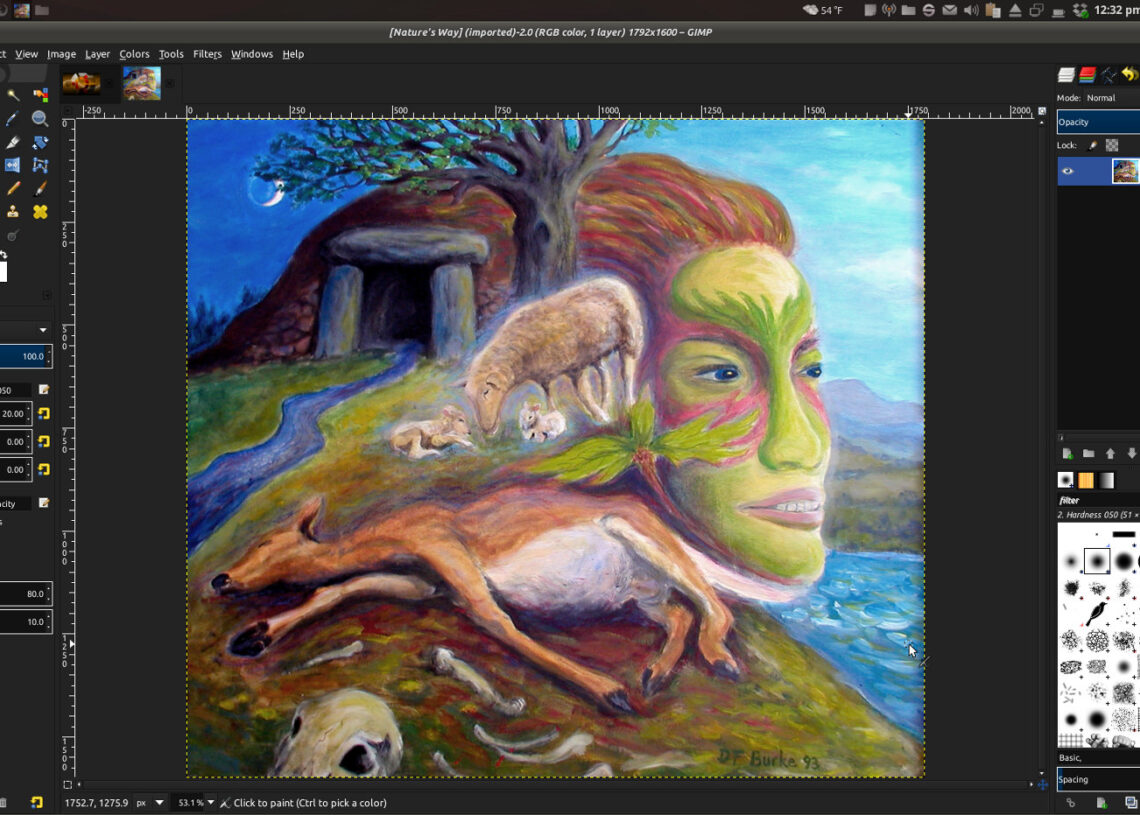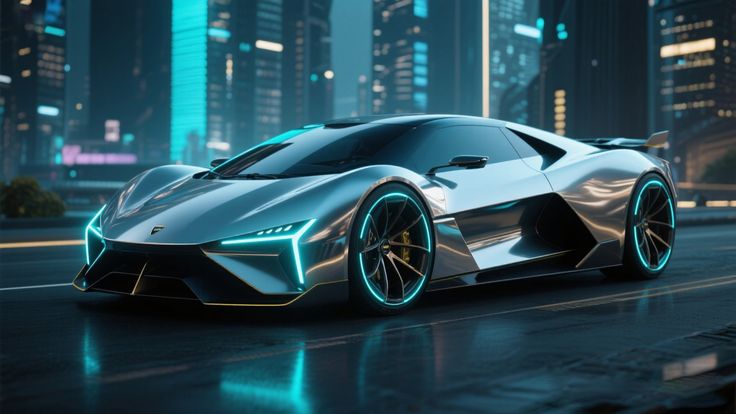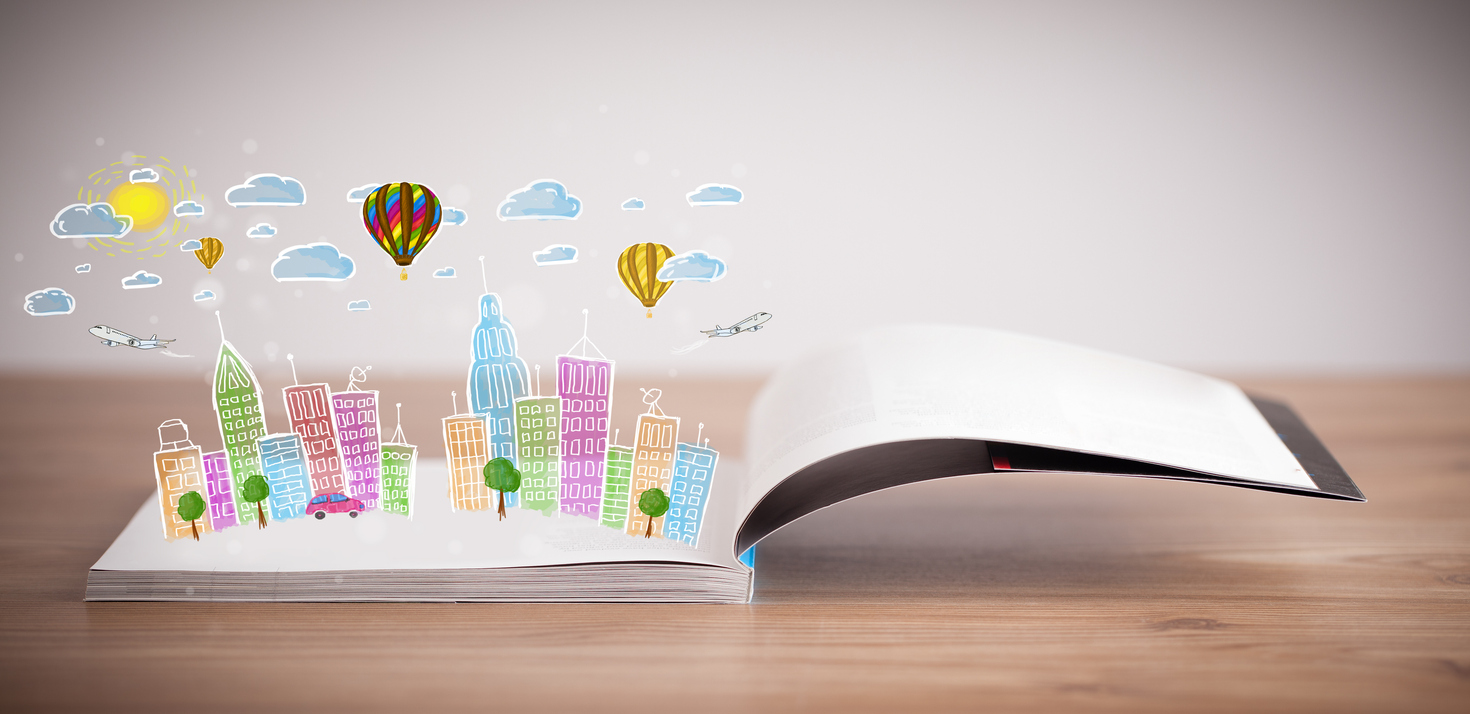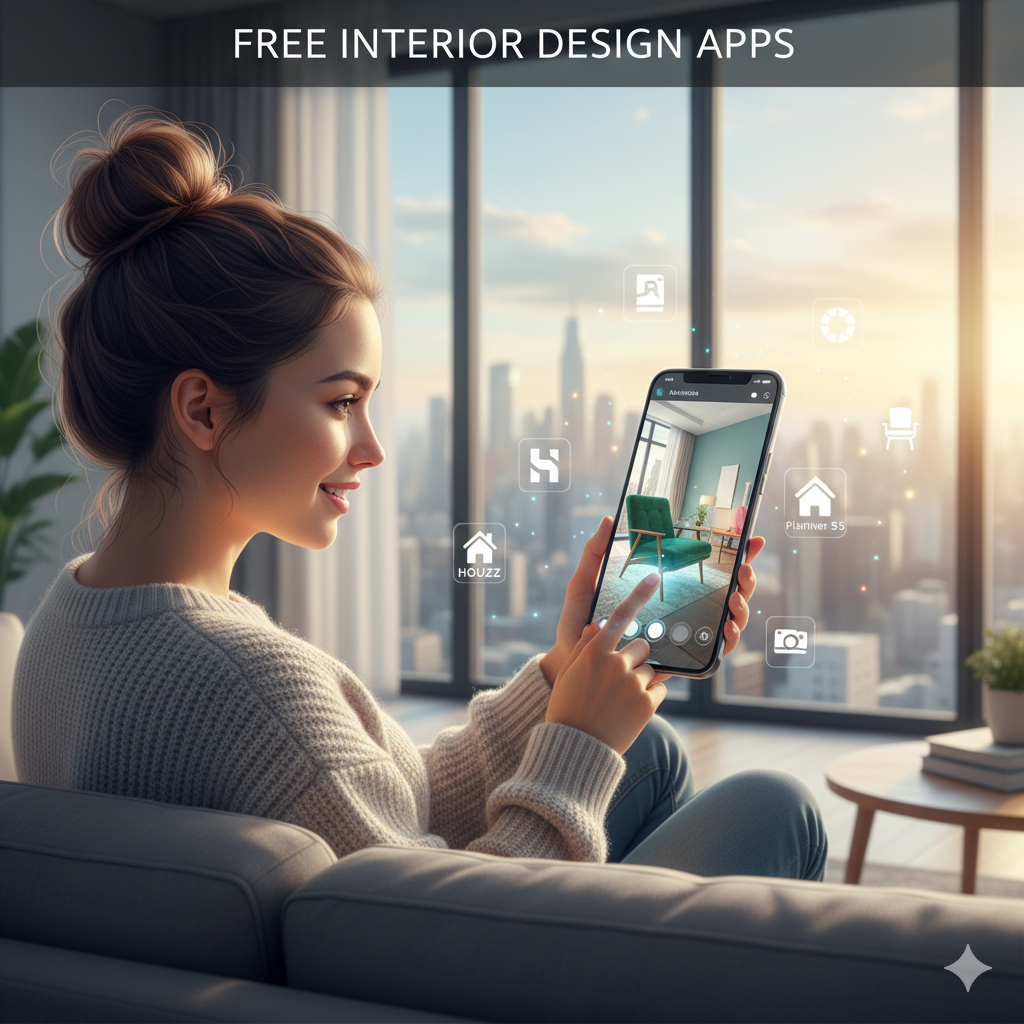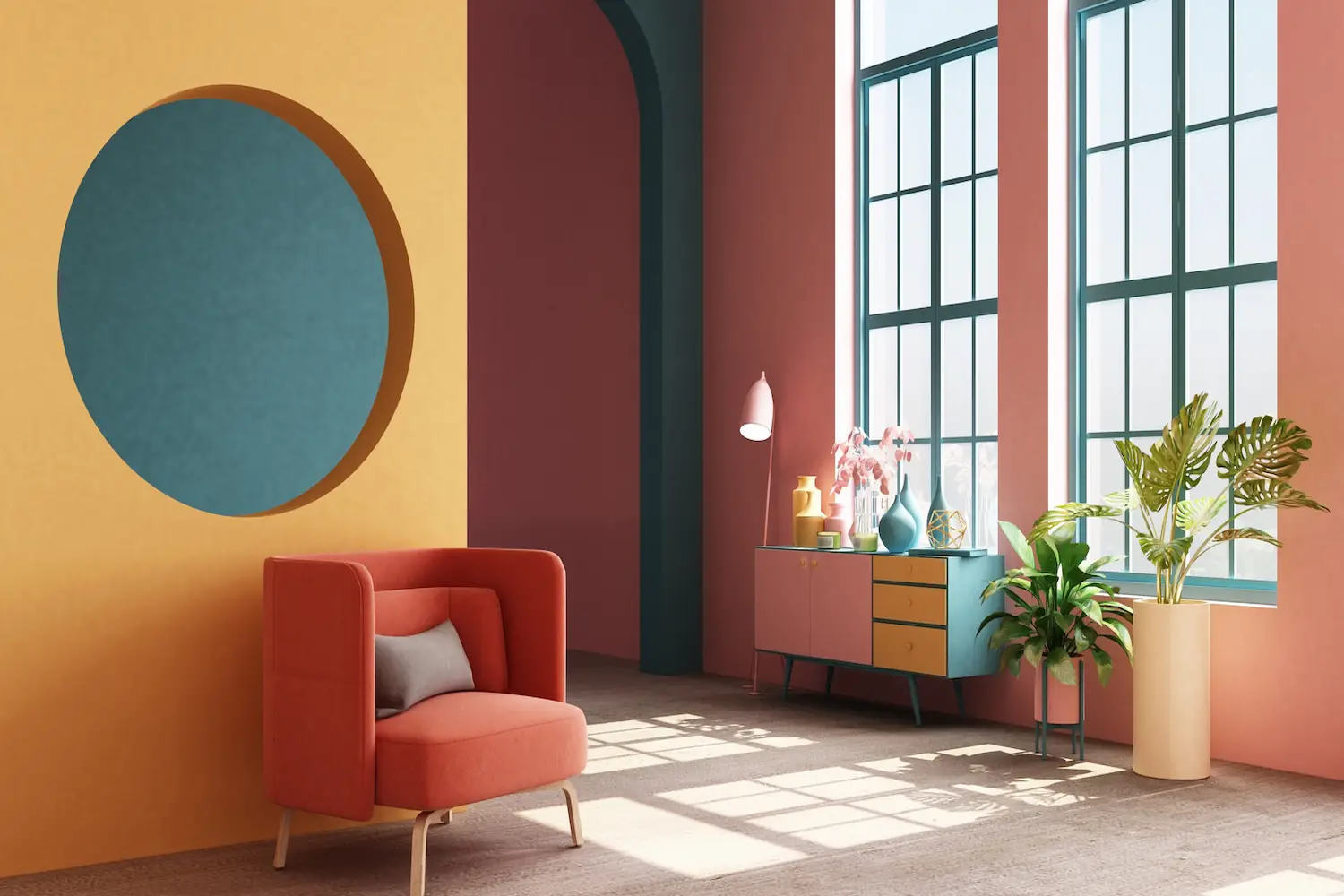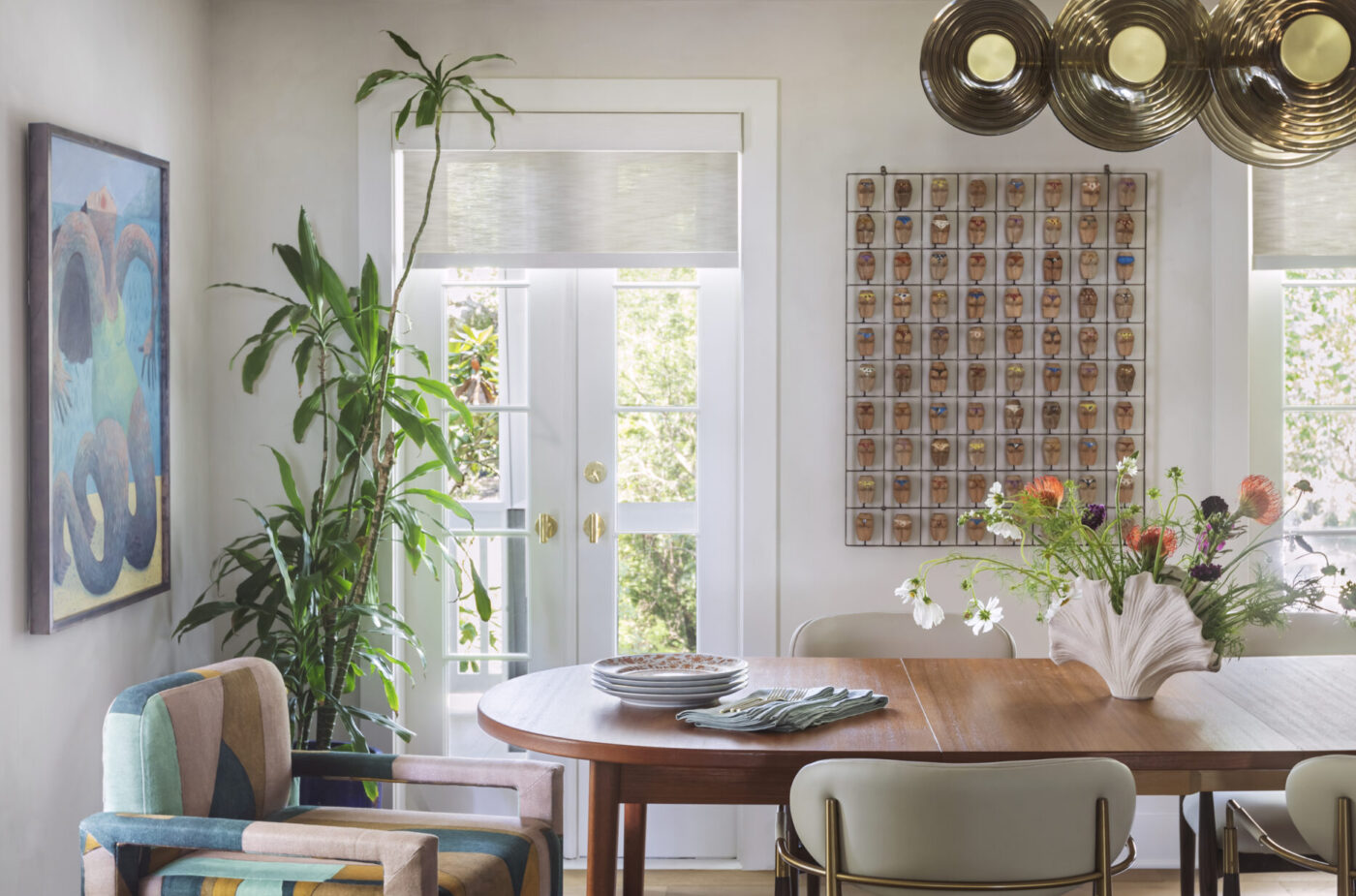Getting into the designing game can be so thrilling and overwhelming—particularly with there being a plethora of tools to pick from online. But here’s the good news: You needn’t spend a fortune to begin. And guess what? A lot of professional-grade designing tools are free of charge now, enabling newbies to perfect their skill without spending a single penny.
From vector correction to UI prototyping, free resources today are not only powerful but also easy to use. So if you’re a student, budding freelancer, or simply discovering your creative enthusiasm, here are 10 free tools you should use as a starting designer in 2025.
1. Canva
Best for: Social media visuals, presentations, posters, and more.
Canva remains one of the simplest design tools for newbies. Thousands of templates, drag-and-drop ease, and access to a free image/video library allow anyone to create stunning designs—anytime.
Why it excels:
Simple to learn, cloud-based, and ideal for non-designers too.
2. Figma
Best for: UI/UX design, web and app prototypes, wireframes.
Figma is designers’ go-to due to its collaborative, browser-based platform. Free plan features unlimited files, real-time collaboration, and access to plugins speeding up design work.
Why it excels:
Professional industry standard for UI design and prototyping with nothing to start out with.
3. Photopea
Best for: Raster editing (Photoshop alternative).
Photopea is an online version of Adobe Photoshop—no downloads or subscriptions needed. Included are PSD file support, layer masks, filters, and more.
Why it stands out:
Perfect for mobile editing and graphic design on the go.
4. Gravit Designer
Best for: Vector graphics and illustration.
Gravit Designer is a lightweight, cross-platform vector tool that works well on web or desktop. Great for logos, icons, UI mockups, and simple illustrations.
Why it stands out:
Clean UI, responsive performance, and a good stepping stone to tools like Adobe Illustrator.
5. Krita
Best for: Digital painting, concept art, and illustration.
For the more artistic, Krita offers an advanced brush, stabilizer, and animation software package—free and open-source.
What makes it special:
Recommended by concept artists and illustrators for its professional level painting capabilities.
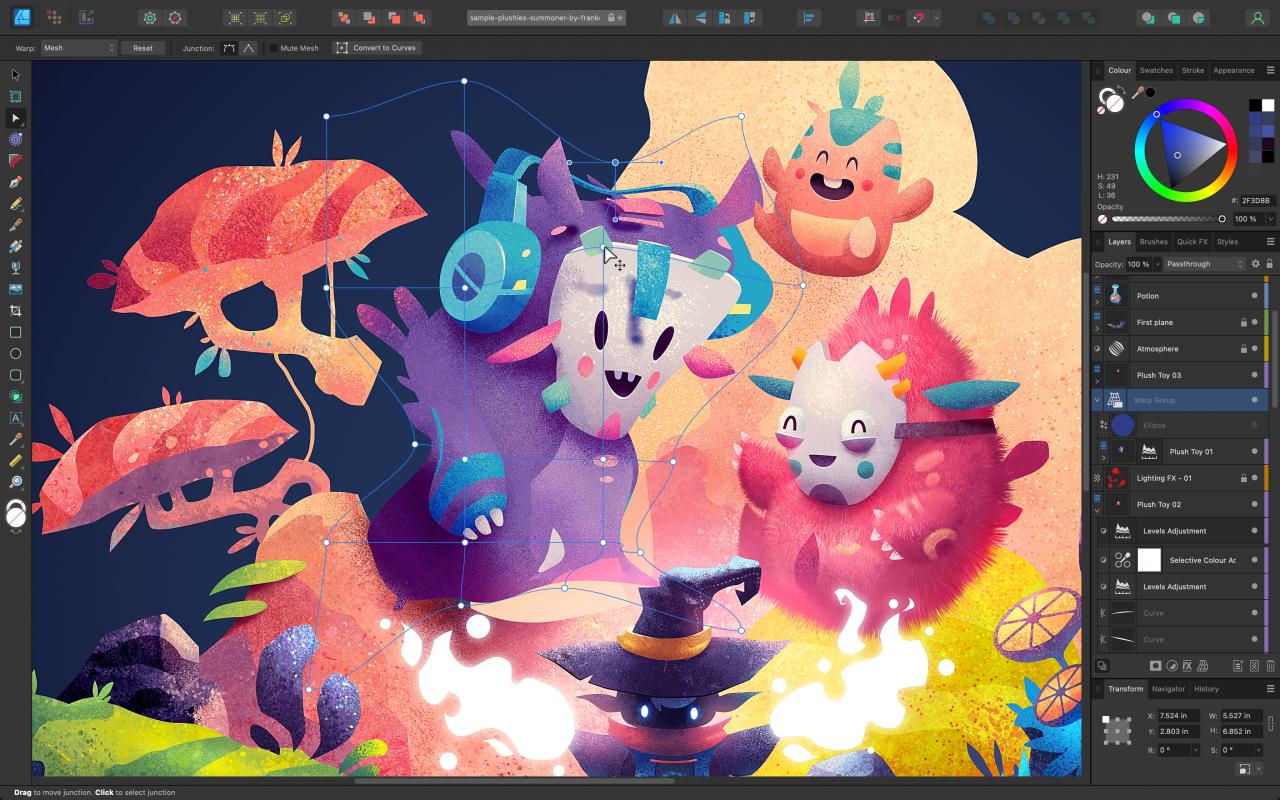
6. FontPair & Google Fonts
Good for: Typography and pairing fonts.
Proper font pairing matters. FontPair helps beginners find calming font pairs using Google Fonts, downloadable or embeddable within designs.
Why it’s great:
Quick inspiration and convenient for print and web type.
7. Coolors
Best for: Creating color palettes.
Color theory can be daunting at the beginning. Coolors streamlines the process by helping you create beautiful palettes, search through trending combos, and save colors you love.
Why it’s great:
Time-saving and gives each project a uniting color identity.
8. Unsplash & Pexels
Best for: Free high-res photos.
Getting the right visuals is crucial. Unsplash and Pexels offer stunning photography which can propel your design to the next level—commercial and personal usage for free.
What makes it stand out:
No copyright issue and massive visual content repository.
9. Blush
Best for: Personalized illustrations.
Blush offers you high-quality illustration libraries from top artists. Easier to adjust colors, characters, and composition to fit your design.
What makes it shine:
Fresh, original visuals that add character to your layouts.
10. Lunacy
Perfect for: Offline prototyping and design.
Lunacy is a low-key but solid design app by Icons8. It features offline use, full Sketch file support, and a built-in library of assets and icons—gratuitous.
Why it stands out:
Clean, light, offline alternative to Adobe XD or Figma.
Final Thoughts: Design Without Limits
In 2025, design is not limited by expensive software or intimidating interfaces. Emerging designers can apply the free tools listed above to test their creativity, build portfolios, and develop hands-on experience—without a dent in the wallet.
So take the leap, you’re just beginning. Pick a tool, start experimenting, and watch your design journey begin.
For in today’s world of creativity, the only constraint is your imagination—not your budget.


